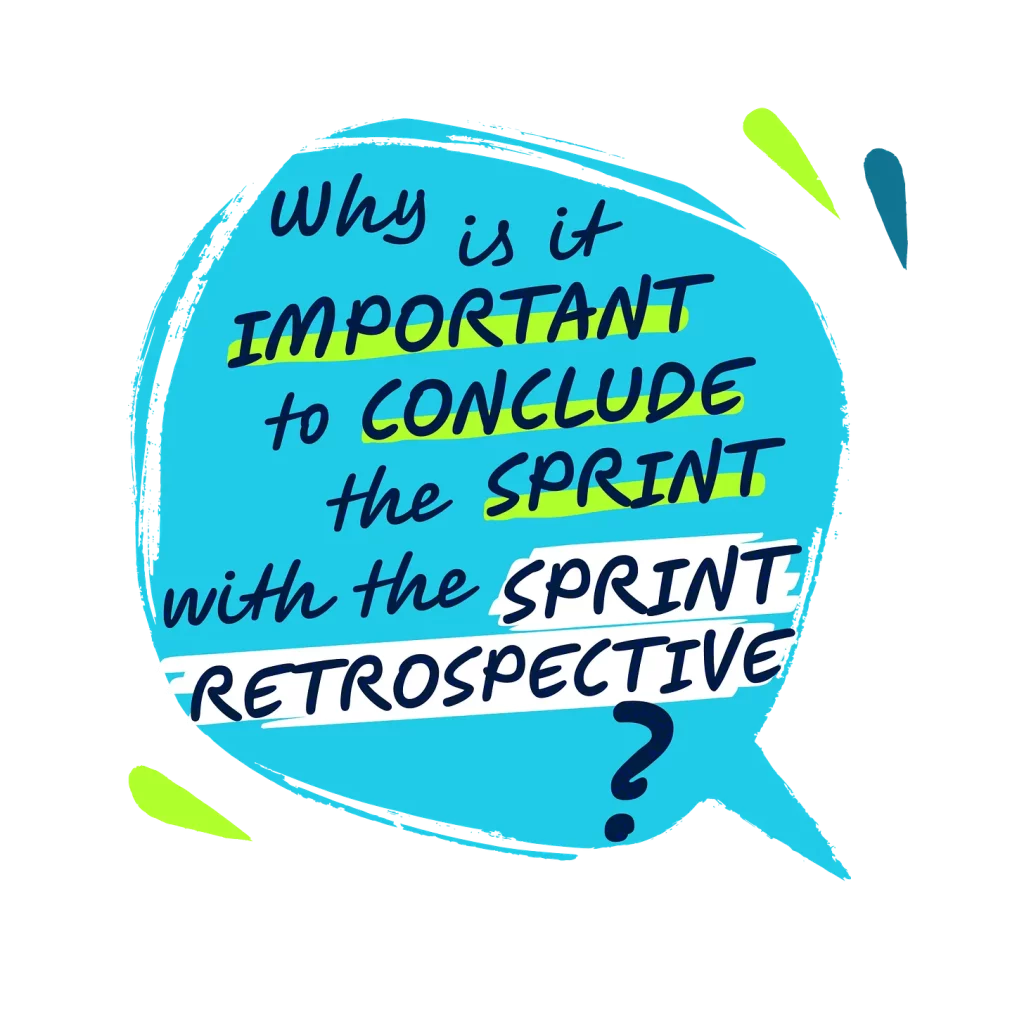The Sprint Retrospective is an event that provides a forum for reflection, enabling the team to pause, look back, and openly share accomplishments and problems, nurturing a sense of unity and trust.
By focusing on value-driven outcomes and waste reduction during the Sprint Retrospective, the team ensures that every task, process, and decision is purposeful and contributes directly to the product’s success and the overall product vision, leading to higher morale, quality outcomes, satisfied customers, and a motivated team.
1. Continuous Improvement:
The Sprint Retrospective serves as a critical feedback loop, where the team collectively analyses their achievements, identifies areas for enhancement, and commits to actionable steps. This ensures each sprint is more efficient and effective than the last, fostering a culture of excellence and adaptability.
2. Team Collaboration and Morale:
The Sprint Retrospective is a unique opportunity to celebrate successes and collectively navigate challenges. This translates into higher motivation and collaboration, which are essential for facing complex challenges as a team.
3. Transparency and Accountability:
The team promotes a transparent culture where accountability is shared by discussing what worked well and what didn’t. This openness fosters a responsible environment where everyone feels accountable for their contributions, leading to a more cohesive and committed team.
4. Identifying and Eliminating Waste:
The Sprint Retrospective allows teams to highlight and discuss work inefficiencies, whether redundant processes, unnecessary meetings, or unresolved impediments. By recognising and addressing these areas, teams can streamline their workflows, saving time and enhancing value.
5. Focus on Delivering Value:
The Sprint Retrospective enables teams to evaluate past actions and decisions based on their contribution to delivering value to the customer. By identifying which work items directly supported the product’s goal and which did not, teams can focus efforts that have a tangible impact on the product’s success.
6. Customer-centric Perspective:
The Sprint Retrospective discussions should also include how well the team’s outcomes align with customer needs and expectations. By keeping the customer’s perspective at the forefront, teams can ensure that their work is relevant and valuable to the customer.
The Sprint Retrospective helps realign the team with the team’s values, product goals, and business objectives, ensuring that every effort contributes towards the desired outcome and helping the team remain focused and value-driven with a clear sense of direction.


